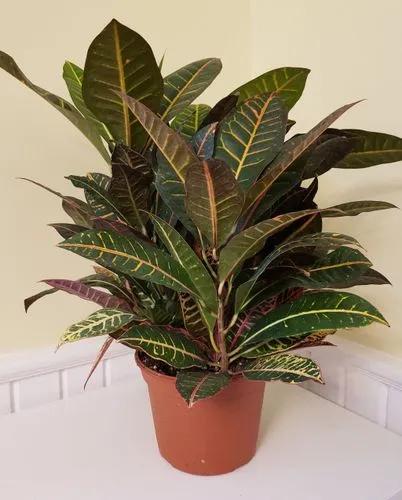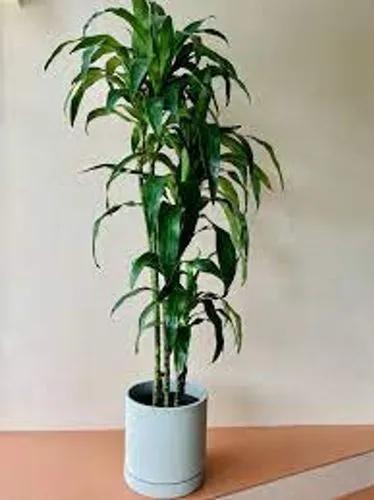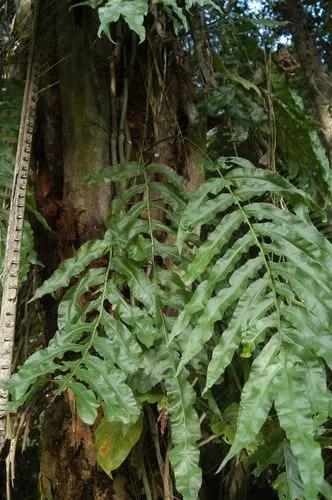Syngonium Macrophyllum, also know as frosted heart due to its ‘frosty’ leave coloration that looks almost iridescent, is an easy to grow plant from the Aracae family. As the plant ages it will begin to vine, therefore putting it in a hanging basket or letting it grow on a brass chain support might be a good idea!
Syngonium Macrophyllum Care
Syngonium Macrophyllum



What is the plant
How to Care for the Plant

Water

Allow potting mix to dry out before watering. Soil about 3,5cm down should be dry to touch.

Pruning

no-pruning

Fertilizer

General, the majority of houseplants should be fed every 2nd watering during the growing season (Spring and Summer), for me, it's about which every 14 days.
Ease your plant care routine with PlantIn's personalized system.

Sunlight

Medium light but can tolerate low light. Avoid too much direct sun. Dappled sunlight is ideal. Can withstand 3 hours of direct sunlight.

Soil

AverageWell-Drained

Temperature

18°C-30°C. It’s best not to let it go below 15°C.
Ease your plant care routine with PlantIn's personalized system.

Additional

toxic for humans and animals when ingested

Popularity

439 people already have this plant 67 people have added this plant to their wishlists
What's wrong with your plant?
Related Plants
Discover more plants with the list below
Popular articles






